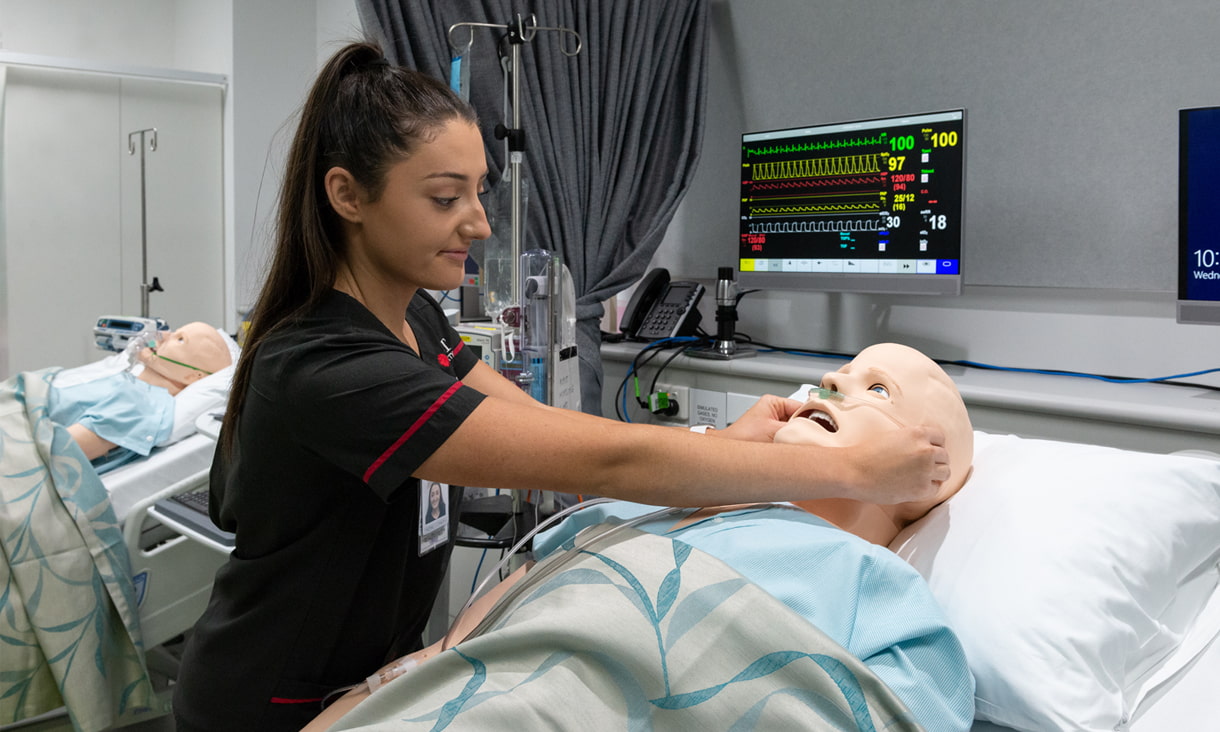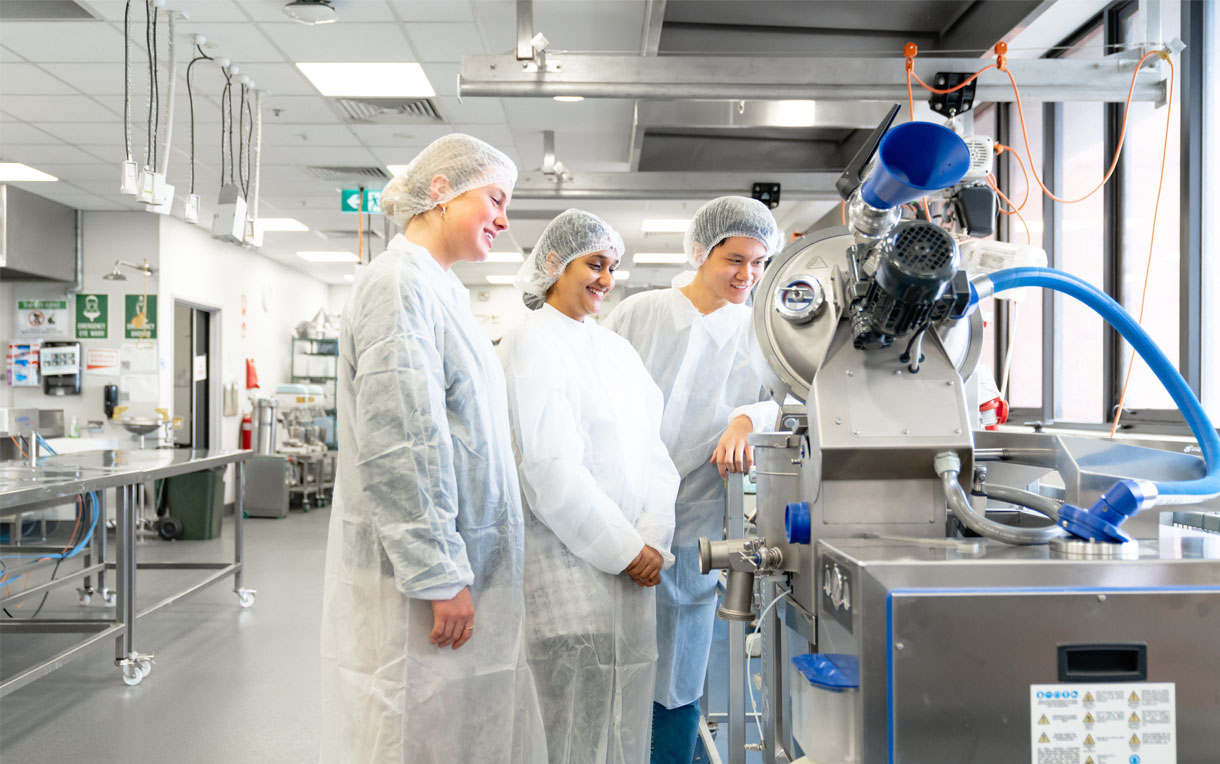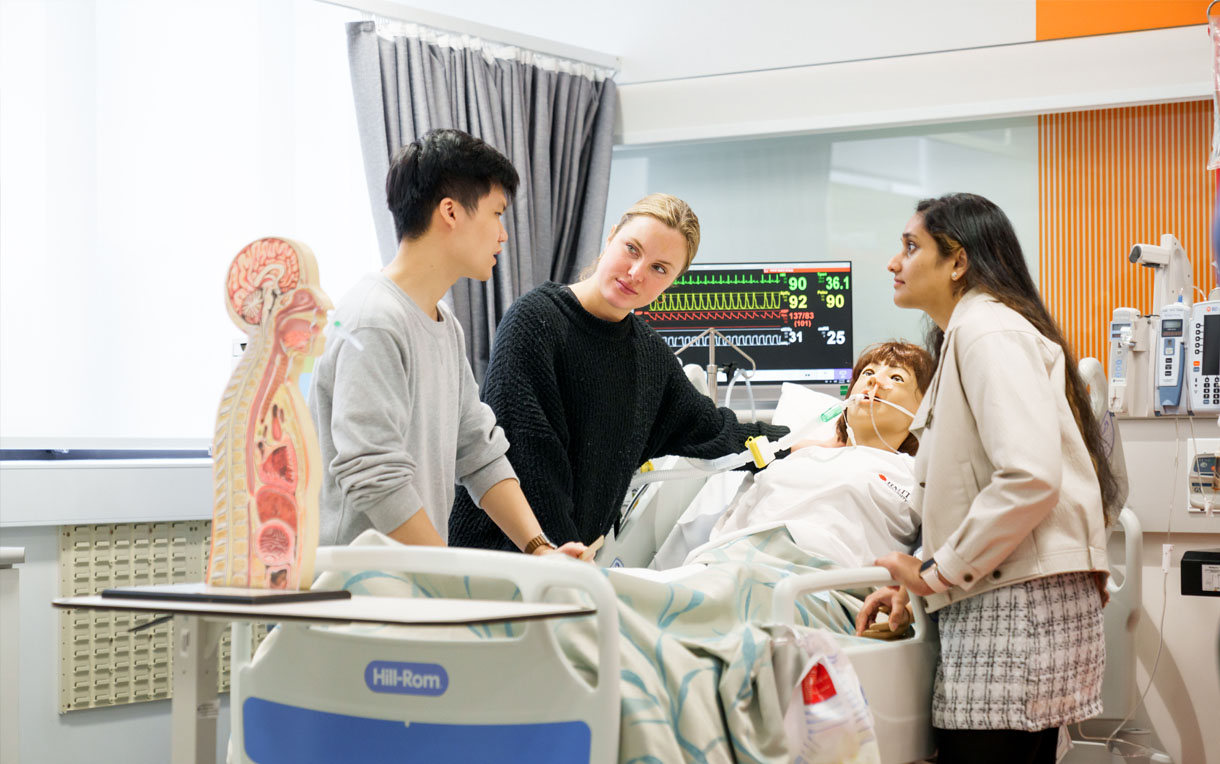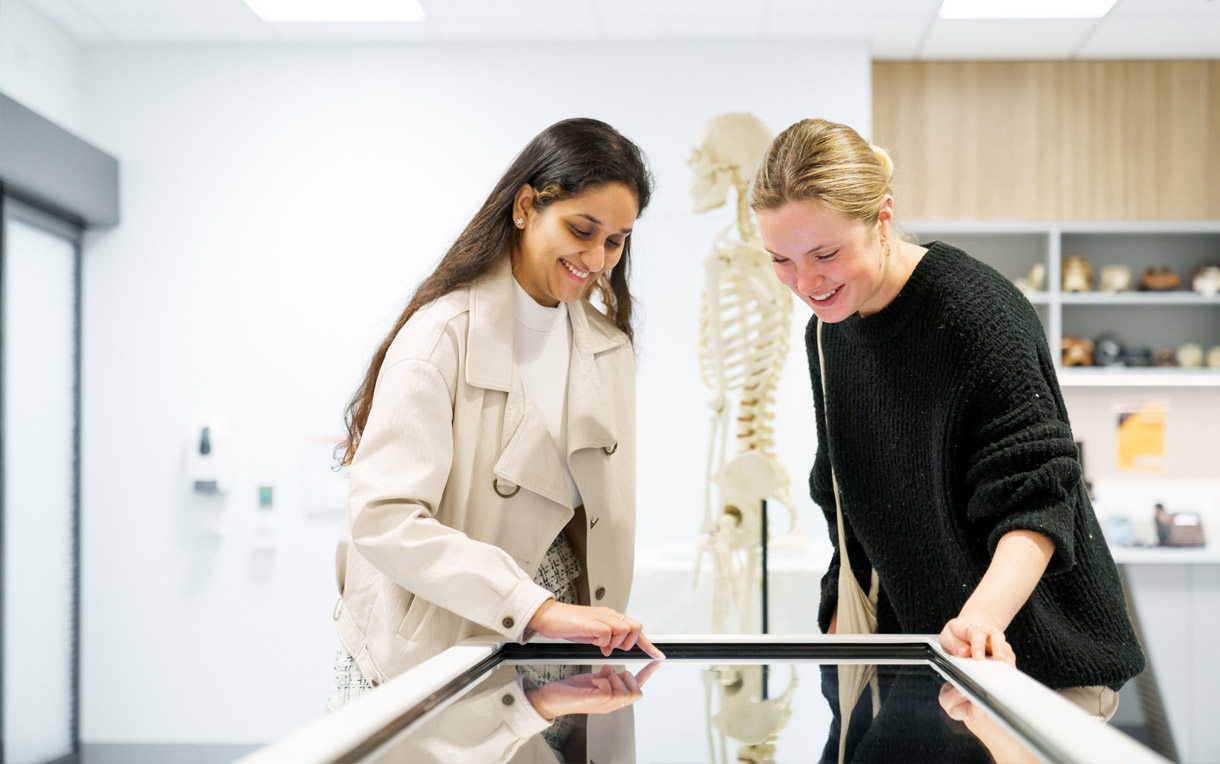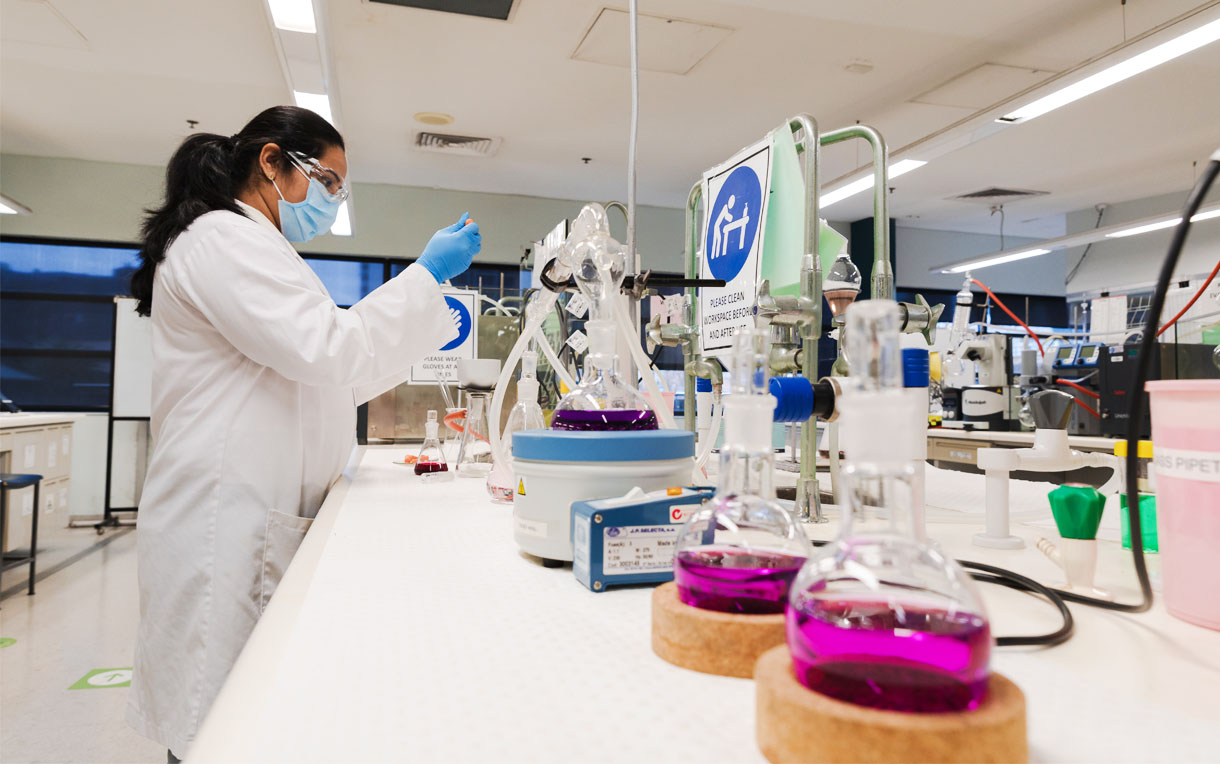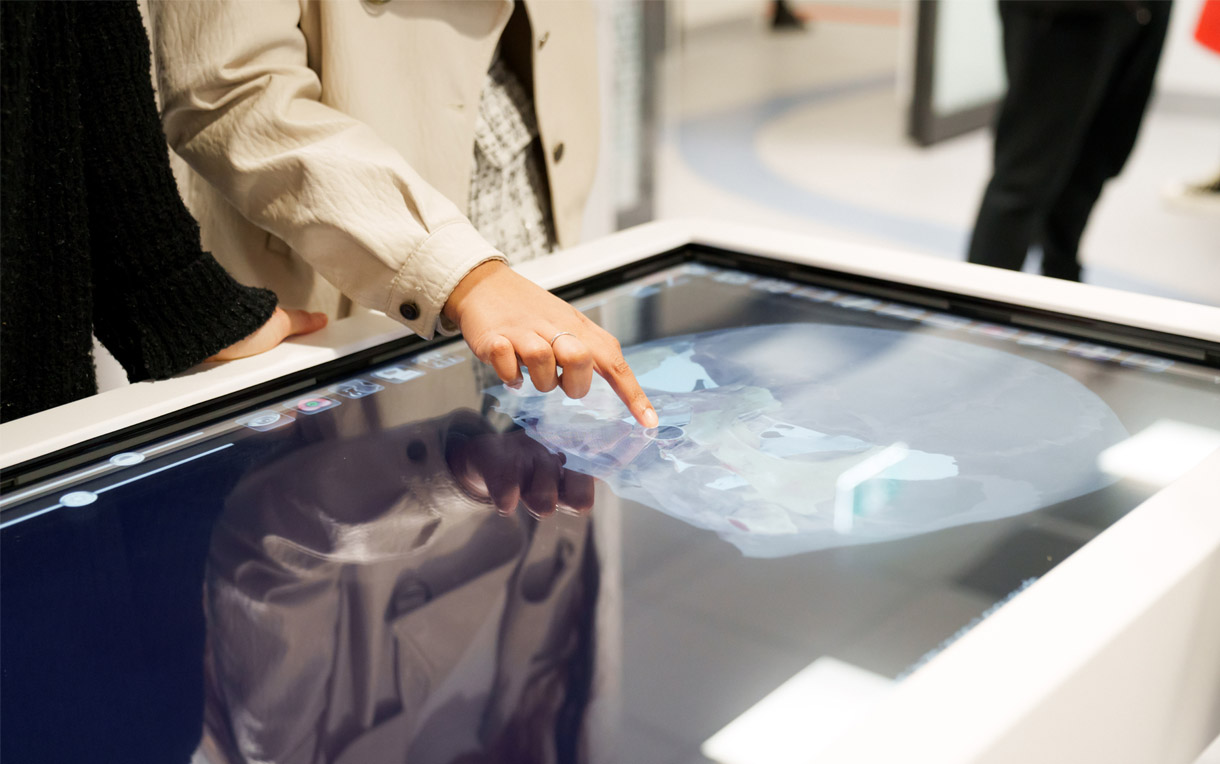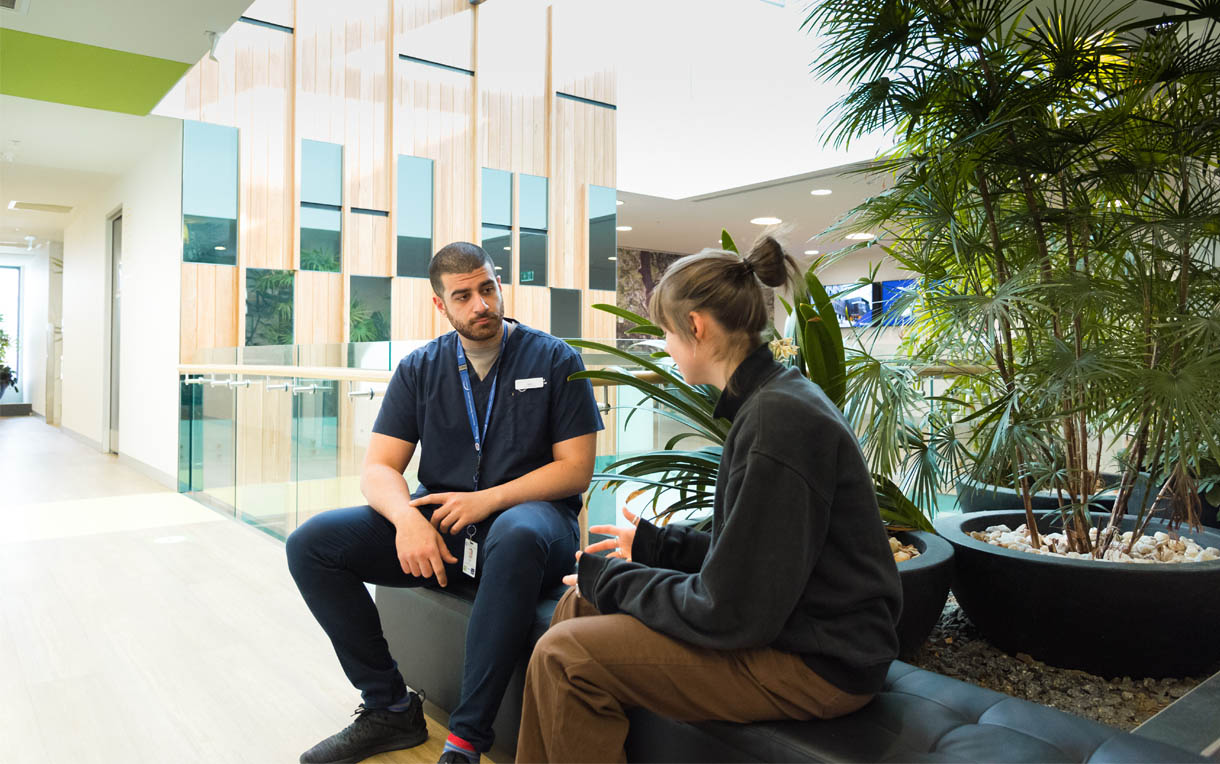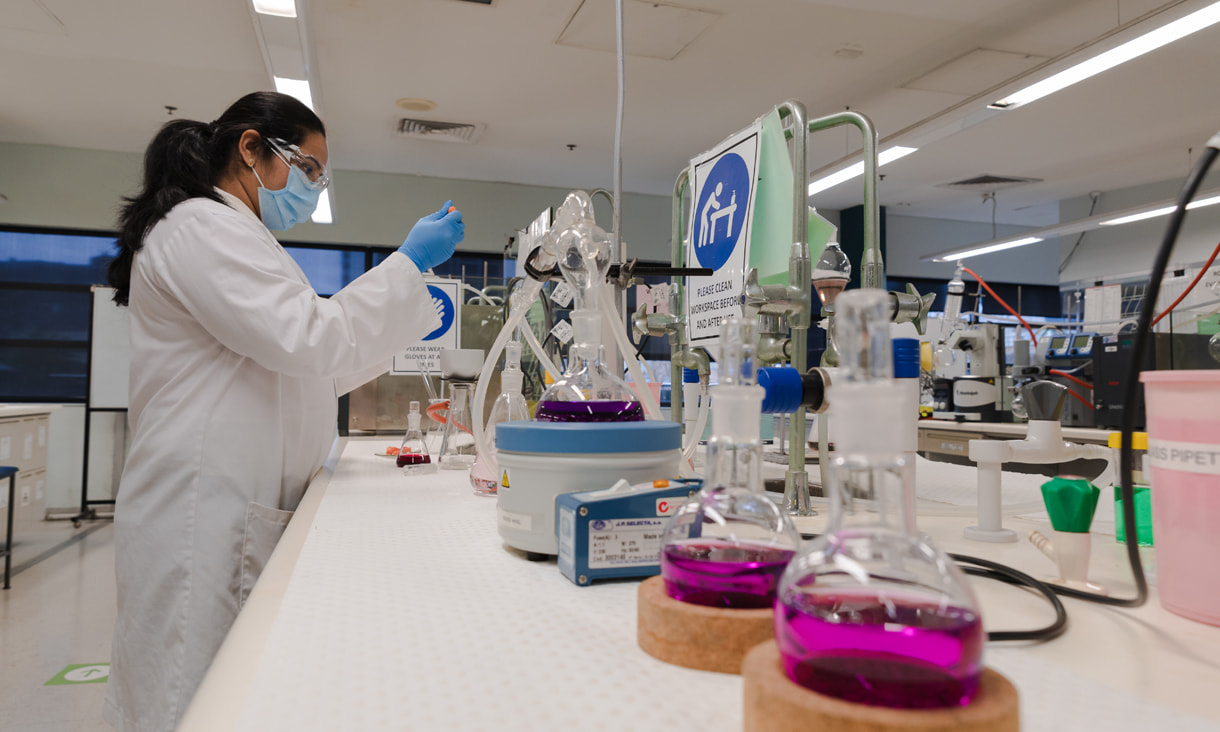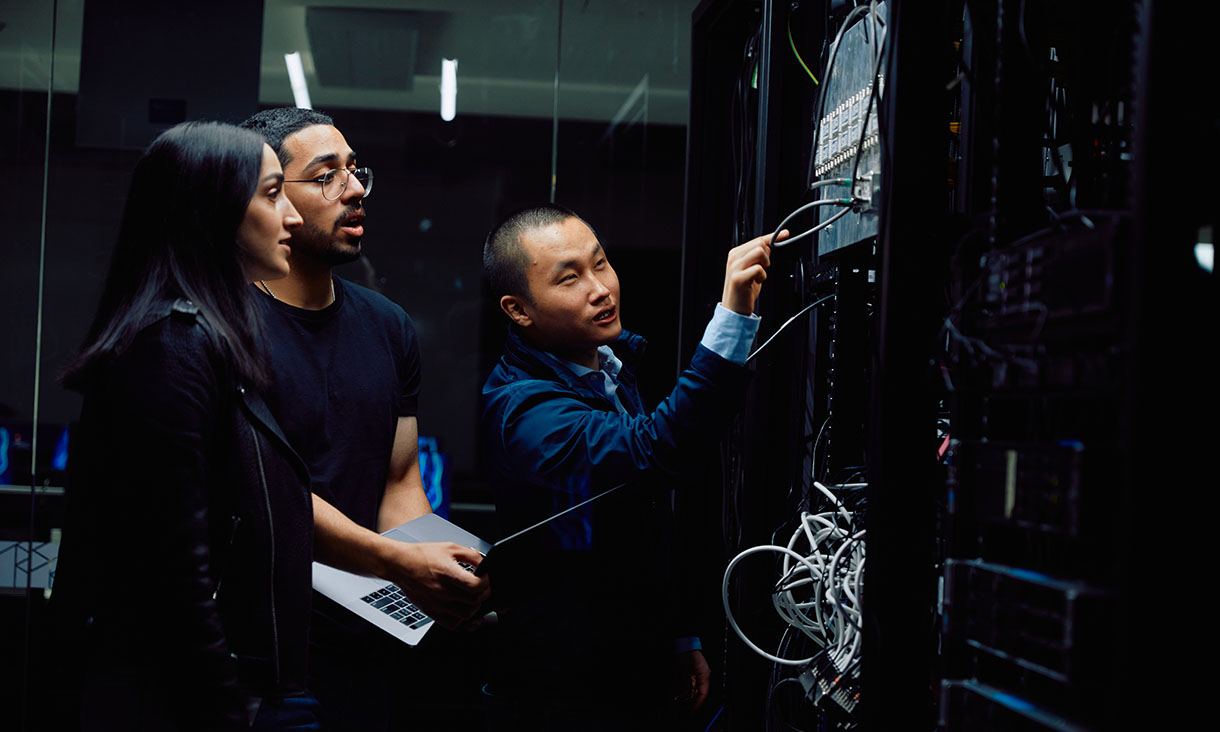What's next for mental health jobs?
There is growing demand for mental health nurses, so now is a great time to advance your skills in health or switch it up and pursue a mental health job.
What's new in STEM at RMIT
Get the skills of tomorrow in a dynamic, future-focused STEM course that’ll help you achieve your goals. RMIT’s STEM degrees are flexible, industry-connected and will help you define your career.
Four ways to get industry experience and job-ready skills while studying
Industry tells us that students need more than a qualification to launch their professional career, making it extremely beneficial for students to gain industry and work experience to stand out to future employers.
